Sofonisba Anguissola (1532-1625)
Get a Sofonisba Anguissola (1532-1625) Certificate of Authenticity for your painting (COA) for your Sofonisba Anguissola (1532-1625) drawing.
For all your Sofonisba Anguissola (1532-1625) artworks you need a Certificate of Authenticity (COA) in order to sell, to insure or to donate for a tax deduction.
Getting a Sofonisba Anguissola (1532-1625) Certificate of Authenticity (COA) is easy. Just send us photos and dimensions and tell us what you know about the origin or history of your Sofonisba Anguissola (1532-1625) painting or drawing.
If you want to sell your Sofonisba Anguissola (1532-1625) painting or drawing use our selling services. We offer Sofonisba Anguissola (1532-1625) selling help, selling advice, private treaty sales and full brokerage.
We have been authenticating Sofonisba Anguissola (1532-1625) and issuing certificates of authenticity since 2002. We are recognized Sofonisba Anguissola (1532-1625) experts and Sofonisba Anguissola (1532-1625) certified appraisers. We issue COAs and appraisals for all Sofonisba Anguissola (1532-1625) artworks.
Our Sofonisba Anguissola (1532-1625) paintings and drawings authentications are accepted and respected worldwide.
Each COA is backed by in-depth research and analysis authentication reports.
The Sofonisba Anguissola (1532-1625) certificates of authenticity we issue are based on solid, reliable and fully referenced art investigations, authentication research, analytical work and forensic studies.
We are available to examine your Sofonisba Anguissola (1532-1625) painting or drawing anywhere in the world.
You will generally receive your certificates of authenticity and authentication report within two weeks. Some complicated cases with difficult to research Sofonisba Anguissola (1532-1625) paintings or drawings take longer.
Our clients include Sofonisba Anguissola (1532-1625) collectors, investors, tax authorities, insurance adjusters, appraisers, valuers, auctioneers, Federal agencies and many law firms.
We perform Sofonisba Anguissola art authentication, appraisal, certificates of authenticity (COA), analysis, research, scientific tests, full art authentications. We will help you sell your Sofonisba Anguissola or we will sell it for you.
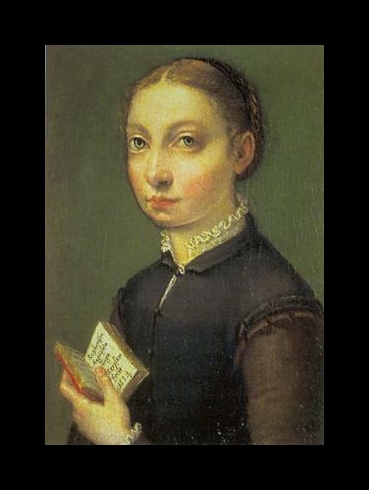
Self-Portrait, 1554 *Considered to be her first formal work
Sofonisba Anguissola is historically the first female to ever gain international recognition as a painter. Certainly she was not the first female to ever pick up a paint brush, but during the Renaissance era, she was the first to break through into a profession then dominated by men and became a noted and respected artist.
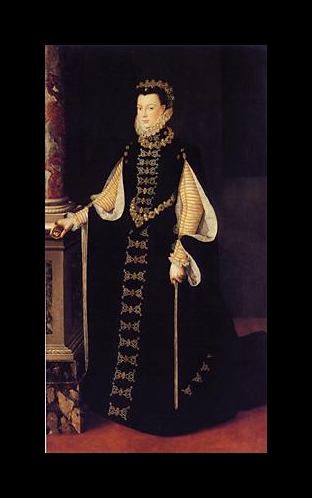
Elizabeth of Valois, 1565

Portrait of a Woman in Profile
Anguissola was an Italian artist, born in Cremona to a noble family. She took formal painting lessons with her sister, Elena, under local portrait painter Bernardo Campi. It is believed that it wasn’t until Campi accepted her as a student that others began to accept female pupils as well. After she studied with Campi, she continued her work with painter Bernardino Gatti. It is said that Anguissola became so revered in her day that even the artist Michelangelo sent her some of his sketches so that she could critique them. In turn, Anguissola copied them, and these sketches would surely have great value today. It is also known that she was visited by artist Anthony van Dyck in her later years, as her likeness is sketched in his notebook along with notes on her artistic advice.

Portrait of the Artist’s Sister, Minerva

The Artist’s Sisters Playing Chess
It is thought that she was a fairly prolific painter, for some 50 of her works still survive today—a relatively high number for a 16th century artist. Anguissola generally painted portraits. She was fond of painting little dogs in her portraits, and painted a number of self-portraits and portraits of her family.
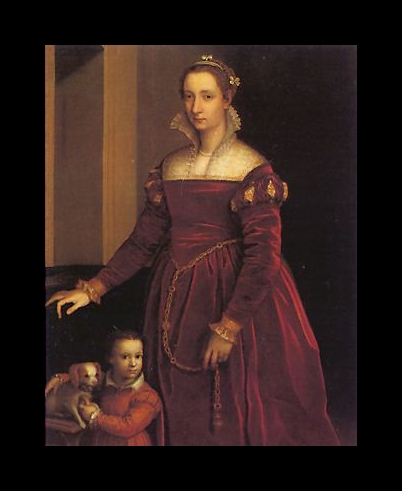
Portrait of a Lady and her Dog

Portrait of the artists sisters and brother
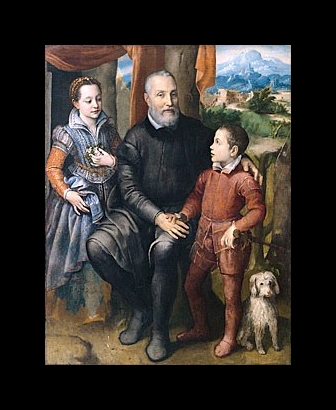
Portrait of the artists sister, brother and father
After she married in 1570, it is generally believed that she did not continue to paint. She spent the rest of her life raising her three children in Palermo and Genoa and was a wealthy patron of the arts until she began to go blind.
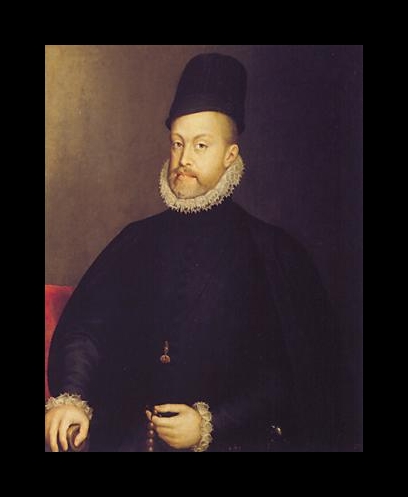
Portrait of Phillip II
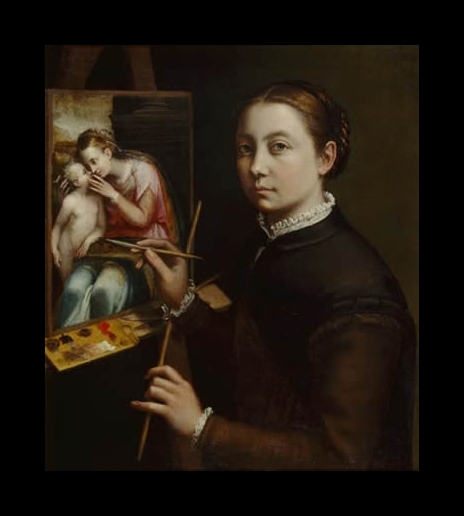
Self Portrait of the Artist at her Easel
Reviews
1,217 global ratings
5 Star
4 Star
3 Star
2 Star
1 Star
Your evaluation is very important to us. Thank you.
